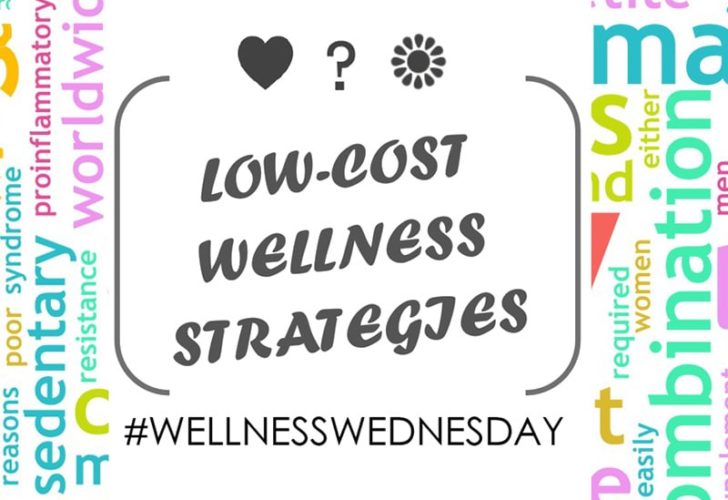24 Low-cost Wellness Strategies You Can Implement Today
By Madison Cofield
Published October 29, 2014

Workplace Wellness Programs do not differ from any other business endeavor when it comes to resource allocation.
Wellness Program managers must find a way to efficiently balance human capital, physical resources, intangible assets, and most importantly finances. Often, wellness programs will operate within the restrictive confines of a budget that is based on all the strategies the business wants to implement as a part of the wellness program. Realistically, the budget will be set and supplied to Program Managers who will then have to allocate these funds effectively.
To maximize your budget management skills, it is essential to incorporate low cost strategies into your wellness program. These approaches will help stretch your budget and add value to your wellness initiatives while also minimizing the consumption of other limited resources.
For your reference we have included a list of low cost and low resource wellness strategies related to a variety of potential disease risks. Consider merging a few of these items into your wellness program, their value and importance cannot be underestimated!
General Wellness
- Provide health education information through newsletters, publications, websites, email, libraries, and other company communications.
- Provide individuals withaweb based assessment to assess their current health and predict their and future health.
- Explore the Real Age Health assessment by visiting this link.
Physical Activity
- Offer flexible work hours to allow for physical activity during the day.
- Support physical activity breaks during the workday, such as stretching or walking.
- Map out on-site trails or nearby walking routes.
- Host walk-and-talk meetings where employees are encouraged to participate in “walking” meetings for short check-ins with other staff and supervisors rather than sit in a conference room.
- Post motivational signs at elevators and escalators to encourage stair usage.
Nutrition
- Send healthy food messages to employees via multiple means (i.e. email, posters, payroll stuffers, etc.).
- Offer appealing, low-cost, healthful food options, such as fruits and vegetables, juices, and low-fat dairy products in vending machines, cafeterias, and break rooms.
- Have on-site cafeterias follow nutritional standards that align with dietary guidelines .
- Provide portion size information via labeling food to show serving size and calories or by using food models and pictures.
- Offer healthful food alternatives at meetings, company functions, and health education events.
- Make water available throughout the day.
Stress Management and Mental Health
- Provide mental health and mental illness materials through various means – brochures, fact sheets, paycheck stuffers, intranet, health fairs, etc.
- Provide a variety of mental health presentations and trainings with an emphasis on prevention for all staff including supervisors and management.
- Offer stress reduction presentations on varied topics: conflict resolution, managing multiple priorities, project planning, personal finance planning, etc.
- Check with local health insurance providers to see if they offer classes and resources.
- Provide flexible scheduling for access to classes during work or childcare after work for yoga, meditation, physical activity, etc.
- Provide a quiet room or stress reduction room at the worksite. Set aside a room in a quiet place to provide short stress breaks for employees
- Provide substance abuse prevention, treatment, and recovery materials through various means. Primarily, through an Employee Assistance Program (EAP).
Tobacco Cessation and Substance Abuse Prevention
- Provide information about the appropriate use and disposal of prescription medications, including publication of prescription drug disposal drop-off locations and times in your community. Your local county agency or public health department should know of drop off locations in your community.
- Evaluate or reevaluate the workplace alcohol environment.
- Initiate a policy that prohibits tobacco use anywhere on company property.
- Provide prompts and posters to support a no tobacco use policy. If you are interested in other low cost wellness initiatives, explore those available through the
Wellness Council of America (WELCOA) is one of the most respected resources for workplace wellness in America and is committed to improving workplace wellness across the Nation. OR, reach out to one of our team members who would be happy to talk through some of the peculiarities in your workplace culture, and help you come up with appropriate ideas!
Madison Cofield is a St. Augustine native who joined The Bailey Group after graduating from Stetson University with a Bachelor’s in Business Management. Cofield progressed into the Director of Health Promotion role after earning her Master’s in Business Administration from the University of North Florida in 2012. She currently works with TBG's Small Group clients as an Account Executive.




